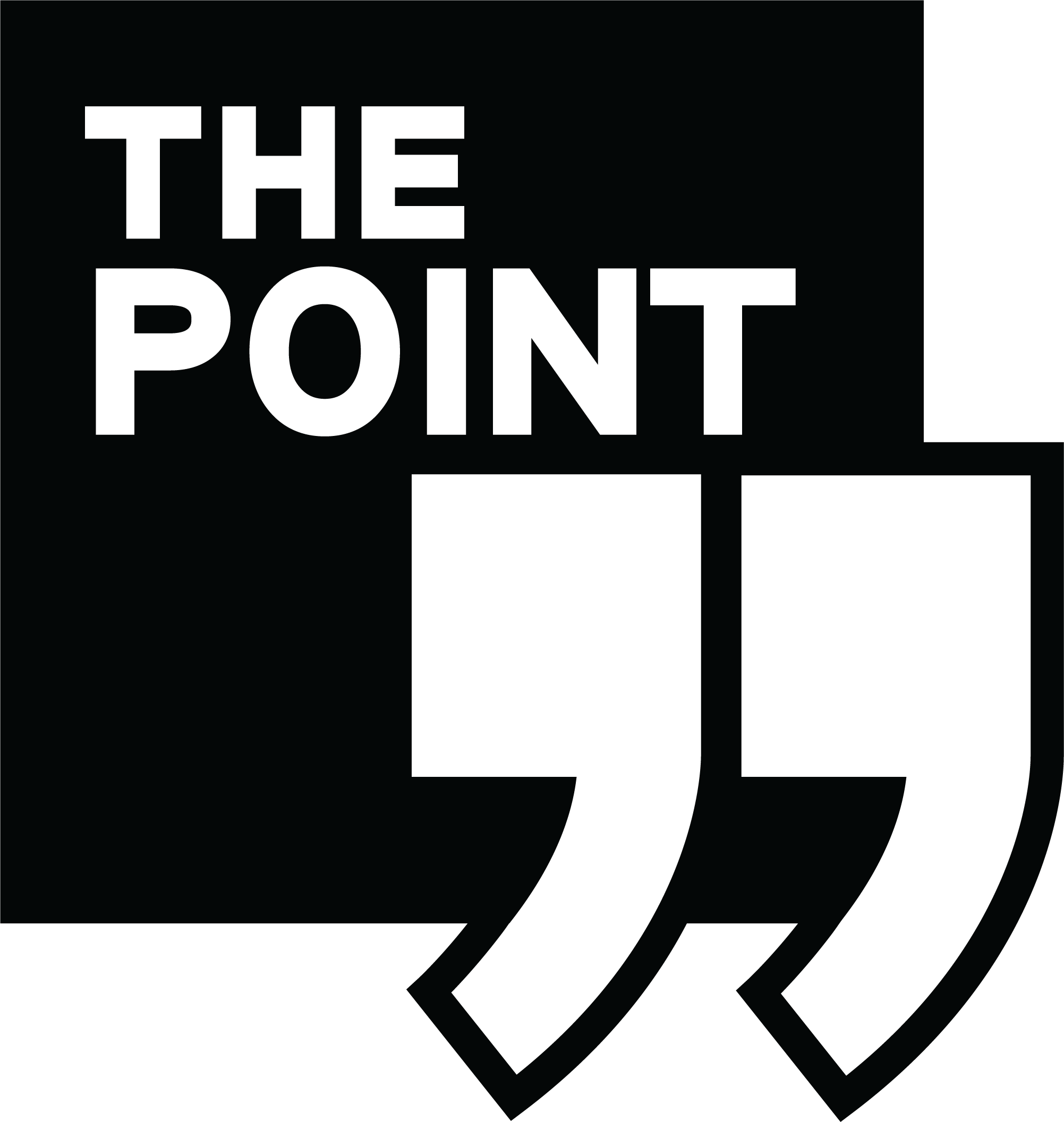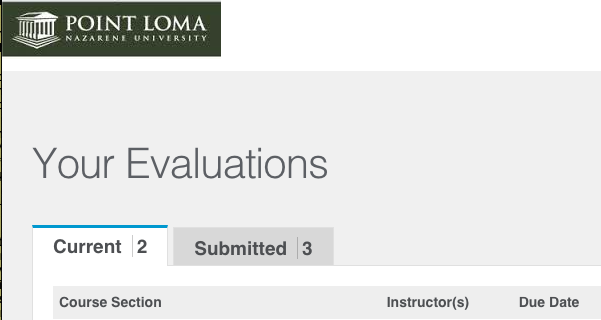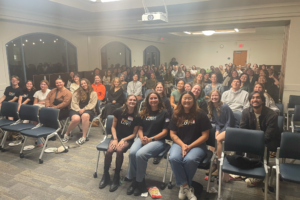IDEA (Individual Development and Educational Assessment) course evaluations have been ongoing at Point Loma Nazarene University the last two weeks of classes. With most of them closing by Dec. 10, students have time to provide their opinions about the courses they took this semester to their professors.
Course evaluations are facilitated through CampusLabs (now known as Anthology), an online system that universities use to enter, track and monitor the planning and assessment activities. The system is built on 45 years of research to support higher education and learning, according to CampusLabs.
Marvin Milian, the director of operations for the College of Arts and Humanities and College of Natural and Social Sciences, said that these evaluations are “critical” for providing the university with real-time feedback and allowing the students’ voices to be heard.
“It’s a very important component in how the institution evaluates the academic rigor of its professors,” Millan said. “It’s a really good three-way system that allows feedback, reflection [and] transparency on the student level, on the professor level and the institution level.”
Bella Sharma, a third-year nursing major, said that when you have so many evaluations, it can get easy to go through the motions.
“Sometimes with so many of them, I can tend to just press random things,” Sharma said. “But I feel like when it comes to the comment section it’s good for the professor to know. I feel like it would encourage me to do them if I knew they were actually getting them.”
Kyle Dramov, a third-year electrical engineering major, said that he doesn’t see much coming from the evaluations or know how they’re being used.
“I feel like a lot of times no matter what I put down there’s not really anything that happens from it besides they just gain information about how their teachers are doing,” Dramov said. “I haven’t seen anything like, oh we use this information for x, y or z.”
Despite students generally not seeing the effect of the surveys, professors say that the evaluations are essential for course design, reflection and promotion.
Breeann Kirby, assistant professor of writing and director of environmental studies, said that the IDEA evaluations play a big role in what the course looks like for future students.
“If I start seeing that students are rating the courses not good, that means I’m not teaching to the value that they need to have, if they’re rating me as not good, then I’m like, ok, I need to make sure I’m stepping up my ability to do pedagogy,” Kirby said. “If I start to see a score that shows students think I’m giving too much busy work, if I see it two times in a row on a course that means I revise the course.”
Kirby is currently on the Rank and Tenure Committee and says that professors’ IDEA evaluation scores play a huge role in promotion and if they stay at PLNU.
“If a professor has consistently problematic IDEA scores, they probably won’t stay in their job here,” Kirby said. “Students have a voice and power with this.”
Lisa Bladerston, an adjunct professor of writing, said that feedback from students is valuable but difficult to get. She facilitates her own midterm survey, which she says she’s found more useful in being able to gauge the way the course is going halfway through the semester.
Kirby says that there’s a struggle for the surveys to become popularity contests as students tend to evaluate their feelings about the course rather than if the course did its job.
“Yeah, evaluate how you felt and your feelings, but also evaluate: was the course actually doing the work it needed to do? You don’t always have to like a professor or think they’re really engaging to have them do a great job,” Kirby said. “We need students who are less extreme to actually write like ‘I found that these readings didn’t connect very well’ or ‘I found that we were not given enough time for a test’. If there’s consistency in student voices on that, professors pay attention, the institution pays attention.”
Milian hopes that students can understand the value and power that these surveys hold and that students feel safe in providing feedback.
“I can reassure them personally that their voice, it doesn’t go into this data void,” Milian said. “I think oftentimes we live in a society where there’s a survey in your inbox at any given time. But these are less of a survey and more of a dialogue, a conversation between the student and the professor and the institution.”









